One of the most iconic figures made for Royal Doulton’s rouge flambé glazes is the Smiling Buddha. Art Director, Charles J. Noke, modeled the Buddha during the First World War when he was experimenting with Chinese transmutation glazes. An advertisement for the figure from the December 1918 issue of Colour magazine is captioned On the knees of the Gods – Buddha Smiling at a Mortal on his knee in Old Sung Glaze.
The smiling god was an auspicious symbol for Royal Doulton as the armistice ending the Great War had just been signed on November 11. Noke seized the opportunity to promote his wartime experiments in the popular Colour art magazine and the photograph of his Smiling Buddha really pops from the page. In his advertisement, Noke used an expression appropriate for the times taken from Homer’s Iliad in which the battle’s outcome was described as “on the knees of the gods”. Today the more common saying is “in the lap of the gods” when something is beyond one’s control, in the hands of providence.
The Smiling Buddha is also known as the Happy Buddha and is really Hotei, a Chinese monk of the T’ang Dynasty. The jolly plump god is the guardian of children, who surrounded him adoringly on his travels. He is known for carrying a sack of candy, which he handed out from his everlasting supply. He is also revered in Chinese and Japanese Buddhism as the jovial god of contentment and happiness and the abundant provider for the poor and needy. He is sometimes known as Fat Buddha and is the patron of bartenders and restaurateurs. Over-indulgence is sometimes jokingly attributed to his influence. Some believe him to be the incarnation of the Maitreya, the Buddha of the Future.
Charles Noke must have seen many representations of the Happy Buddha during his researches into Chinese glaze effects. In 1907, he took over responsibility for the artistic development of Doulton’s rouge flambé glazes which were launched at the St. Louis exhibition of 1904. Noke extended the range of reduction fired colors to include iridescent blues, violets and yellows which were mottled and feathered in the glaze effects. He called these new glazes Old Sung in homage to the Chinese master potters whom he strived to emulate.
Noke’s Old Sung Ware was exhibited at the British Industries Fair at the Crystal Palace in 1920 to great acclaim. One of the leading ceramic experts of the time, J. F. Blacker, paid tribute: “Regarding the name Sung glaze applied to this ware, I can safely assert that the Sung dynasty, which lasted from 954 to 1279 AD, never saw any porcelain as wondrous as this…” He later admires the rainbow tints of a soap bubble, glowing and glimmering with colored fire.
American critics were equally effusive in their praise. Professor S. Parkes Cadman proclaimed: “While the World War devastated Europe, Doulton’s persisted in their efforts to build up color schemes on classic shapes such as modern pottery had never known. The results defy description and must be seen to be appreciated.” He went on to wax lyrically about the chemical wizardry guided by competent brains, exploring new realms of loveliness and grace.
The Pottery Gazette described Doulton’s BIF Crystal Palace exhibit as “probably the pièce de luxe of the entire fair” and Noke welcomed the interest of his royal visitors, King George V and Queen Mary. He later remarked that King George was the only man besides him who knew the full secret of the Sung glaze and he was certain it would be safe with him! The references to wizardry and secret recipes were conjured up also in Noke’s promotional brochure for the Sung glazes, which depicts a medieval alchemist with a long white beard inspecting a Smiling Buddha. The original watercolor for the cover of this brochure, painted by Harry Tittensor, is on display in the Innovations gallery at WMODA.
The corpulent frame of Noke’s Smiling Buddha, which measures around 7 inches high, gave him ample opportunity to experiment with his mottled Sung glaze effects. The figure was allocated pattern number HN454 and remained in production from 1921 to 1936. Several stunning examples in lustrous shades of red, violet and blue are in the WMODA collection. An extra large version was formerly in the Billings collection in the UK and has now moved to the USA. The Smiling Buddha was also made into a lamp and a rare example with a metal parasol shade came up at Toovey’s auction in 2018.
Noke also modeled a Laughing Buddha throwing back his head with a great guffaw and holding a tiny man and woman in the palms of his outstretched hands. He is depicted with this model in a photograph from the Pottery Gazette. A smaller Hotei figure, about half the size of the smiling characters, was decorated in a variety of Sung glazes as well as Chinese Jade and a unique mirror black and bright turquoise. This little character, which measures 3 ½ inches, can be found mounted on alabaster ashtrays, calendars or pin holders as desk accessories.
The Laughing Buddha is a potent symbol in Chinese feng shui, which claims to use energy forces to harmonize individuals with their surrounding environment. Hotei is believed to bring auspicious energy, wealth and joyful blessings to the home. Apparently, one of the best spots to place the happy Buddha is at the front door to welcome you home. Some people like to rub his fat belly for luck as he can stomach all troubles and transmute them into happiness.
A Buddha type character, also known as the Persian King, was made by Royal Doulton in 1927 for Artandia. This British company made covers used on luxury ocean liners to hide the ugly Amplion horn speakers. The sound waves traveled into the reflective cavity within the figure and deflected out the bottom. The standard color appears to have been a mottled teal. However, there are two spectacular Sung glazed speakers at WMODA. Artandia also commissioned Doulton to produce a cockatoo on a rock as a speaker cover.
After continuous production for over 90 years, Doulton’s flambe range was discontinued in 1996. However, by 1998 there were rumors that a new collection was in development and this became known as Burslem Artwares. The collection represented a new interpretation of Charles Noke’s Sung and Chang glazes by the flambé team, led by Melvyn Crane. Their challenge was to rediscover the beautiful volatility and unpredictability of the transmutation glazes.
WMODA has a rare prototype of a flambé Buddha for the Burslem Artwares collection, which never went into production. This meditative figure, seated in the lotus position, was inspired by Gautama Buddha, the spiritual teacher and founder of the Buddhist religion. He is known as the “Awakened One” or the “Enlightened One” and has a more ascetic image than the laughing Buddha. Two flambé Buddha figures did go into production as limited editions. The happy Fuzhou Buddha BA40, introduced in 2004, was named after the Fuzhou district of China, which excelled in lacquerware. Alan Maslankowski modeled the serene Guizhou Buddha BA60 in a limited edition of 150. This figure was named after the beautiful Guizhou province in China which is home to the world’s largest natural stone Buddha. The head is over 50 feet tall and it is carved into the hillside where it remained hidden under the forested canopy for hundreds of years.
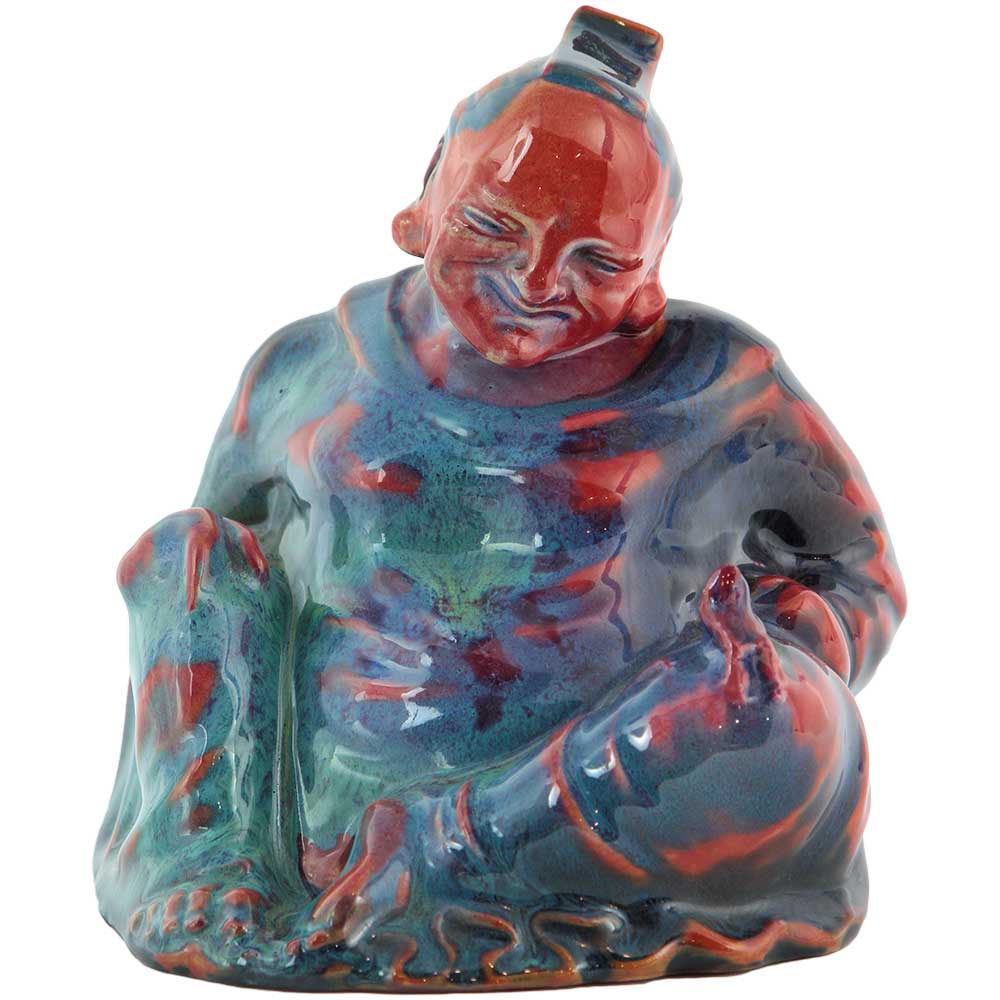
Royal Doulton Smiling Buddha by C.J. Noke
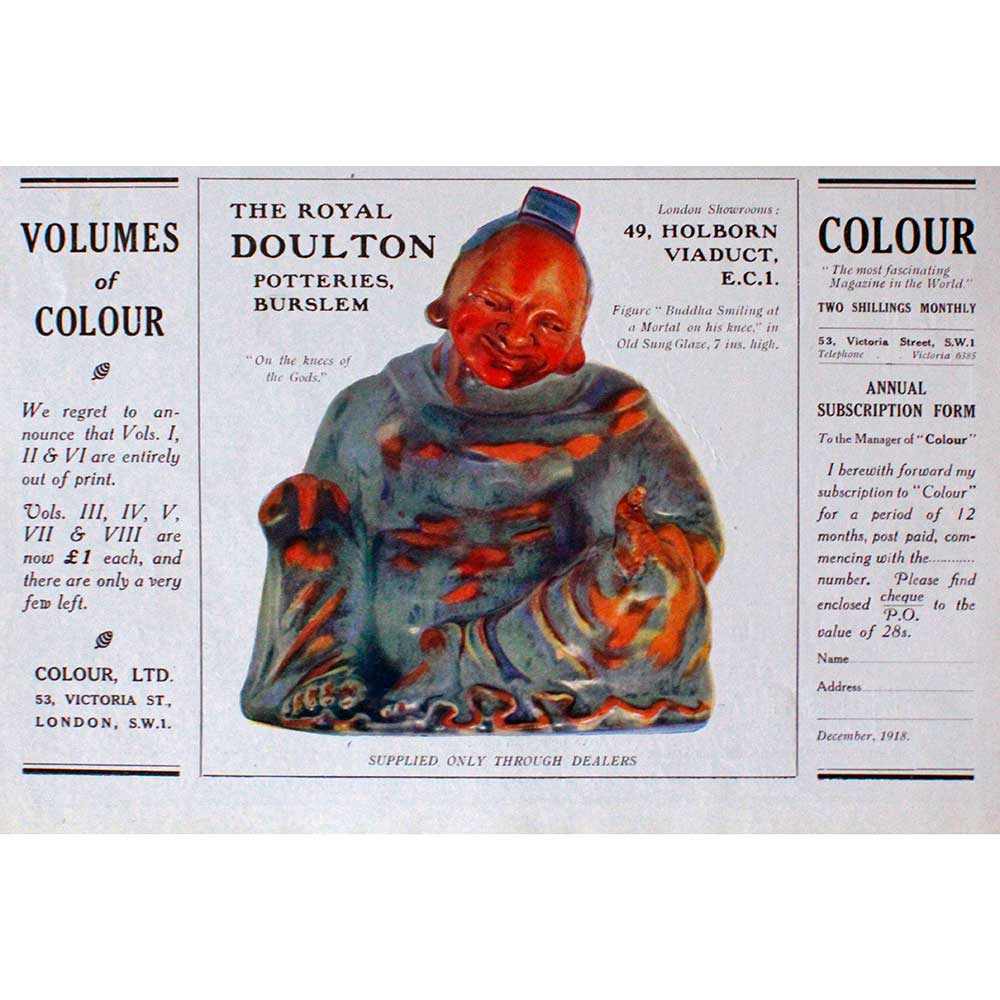
Royal Doulton Old Sung Ware advertisement
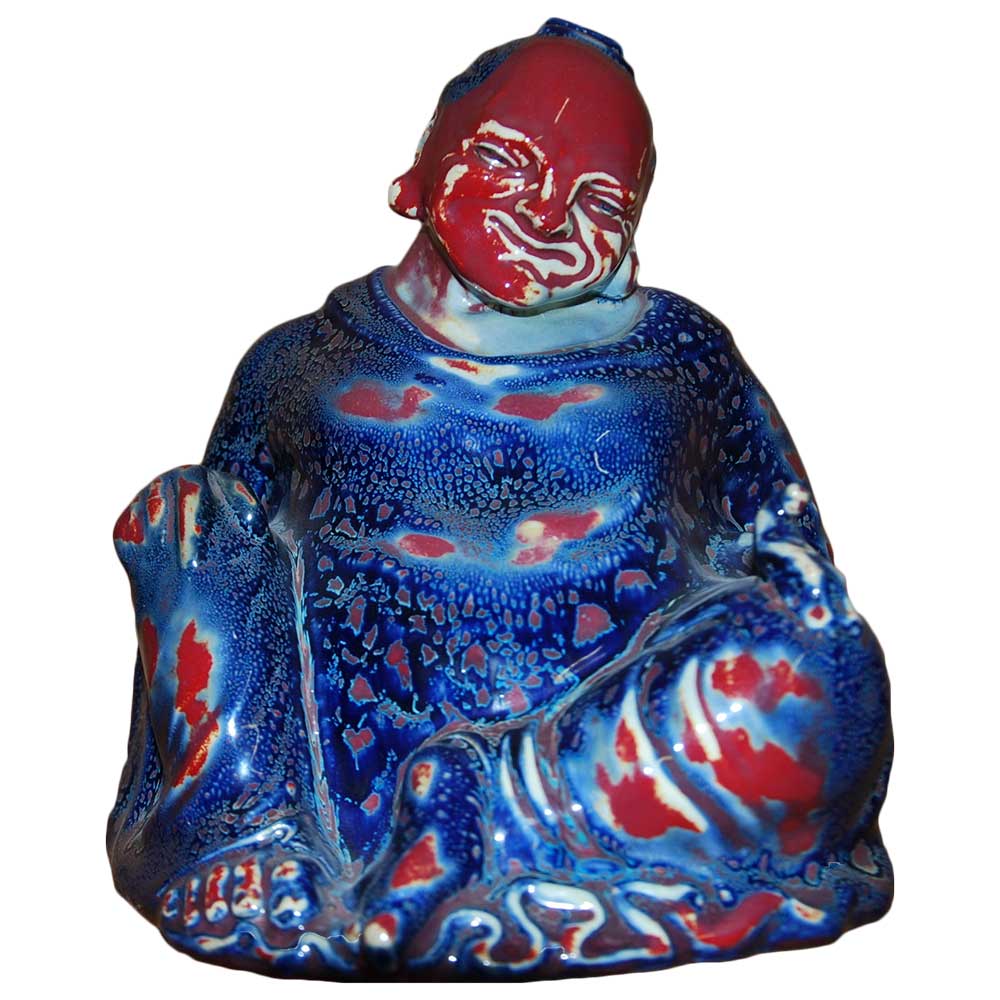
Royal Doulton Smiling Buddha by C.J. Noke
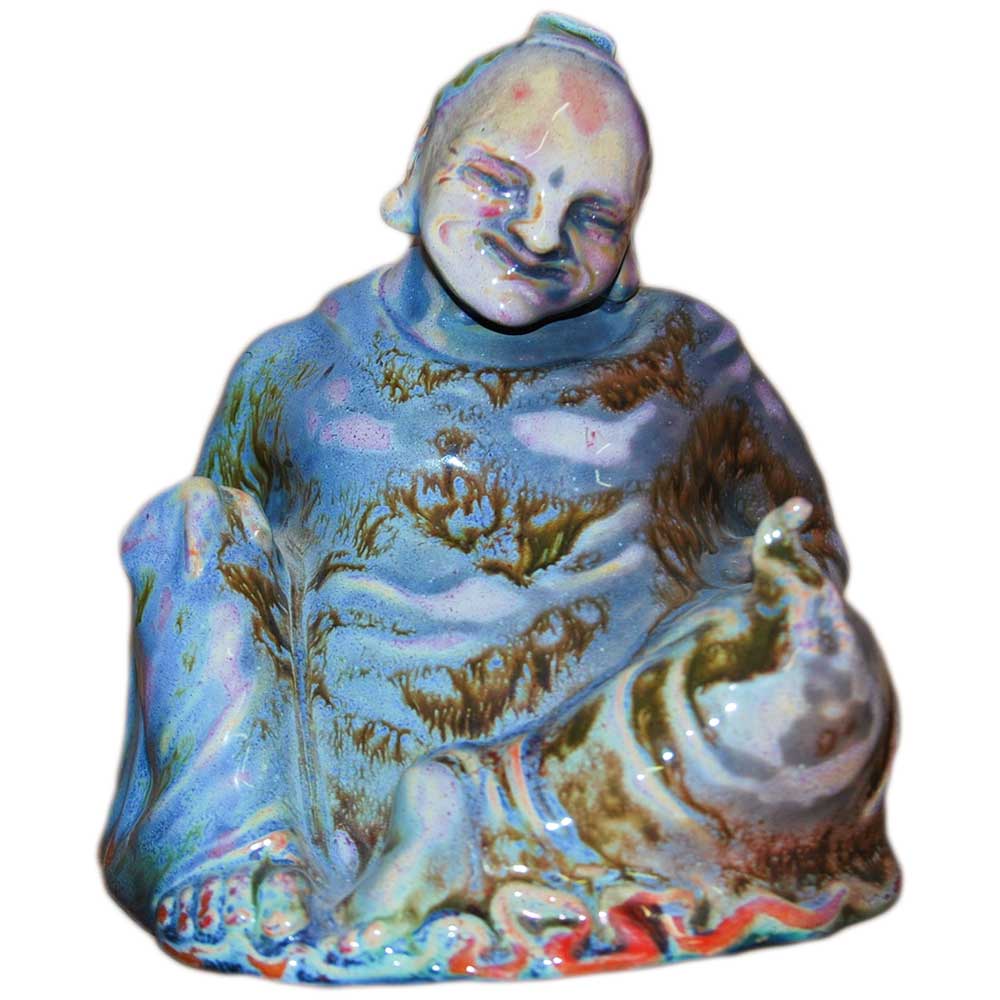
Royal Doulton Smiling Buddha by C.J. Noke
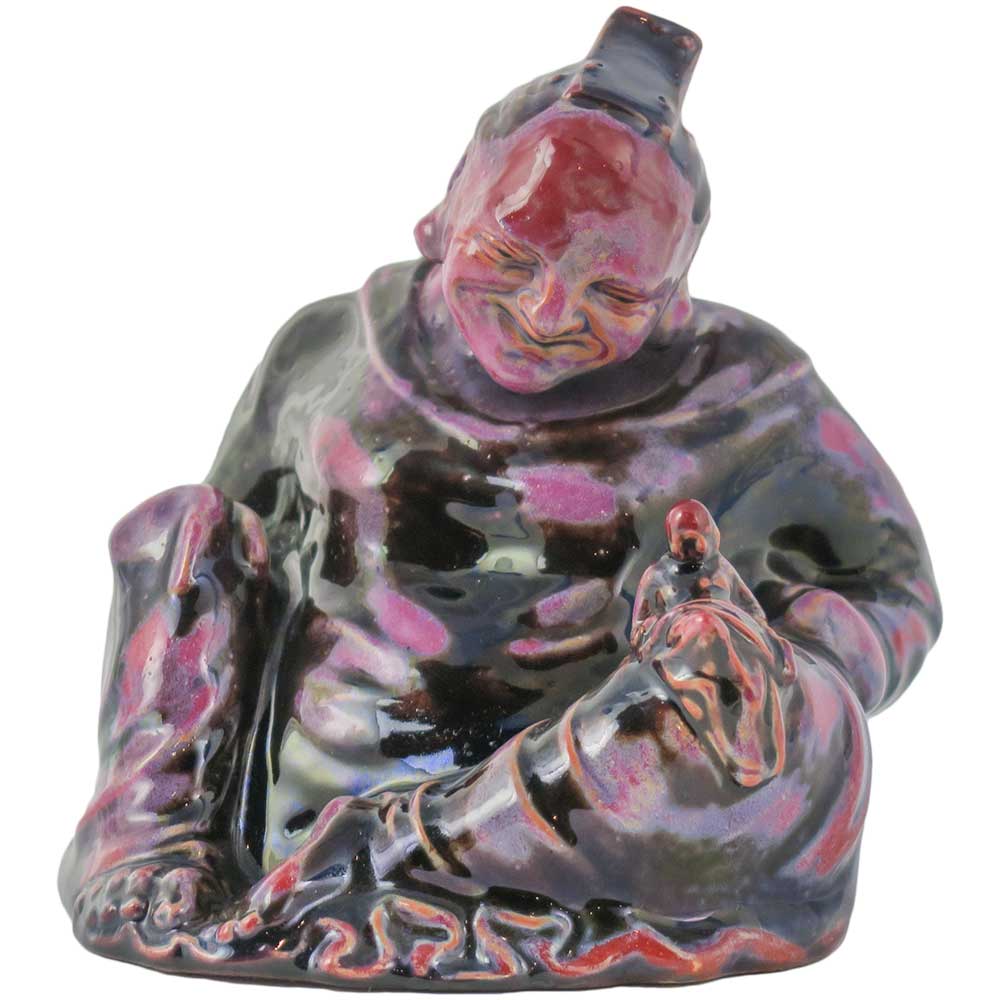
Royal Doulton Smiling Buddha by C.J. Noke
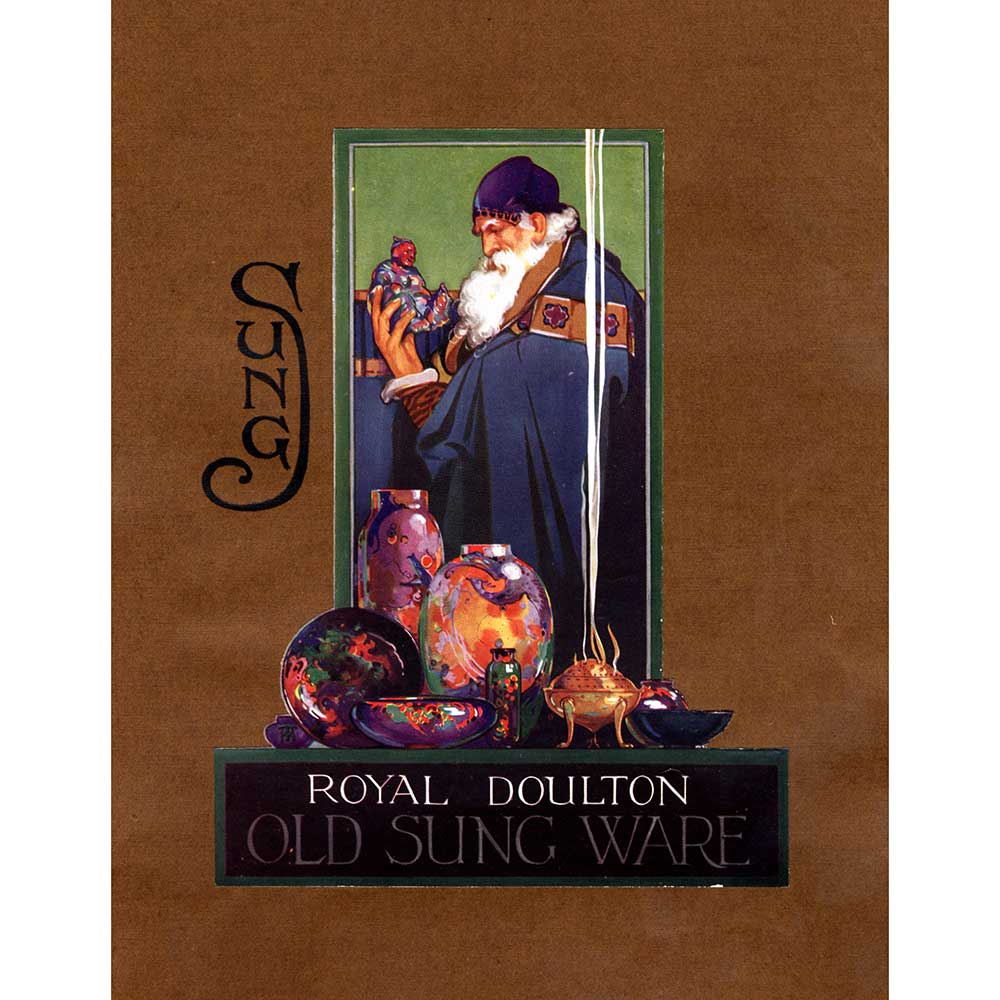
Royal Doulton Old Sung Ware Catalog
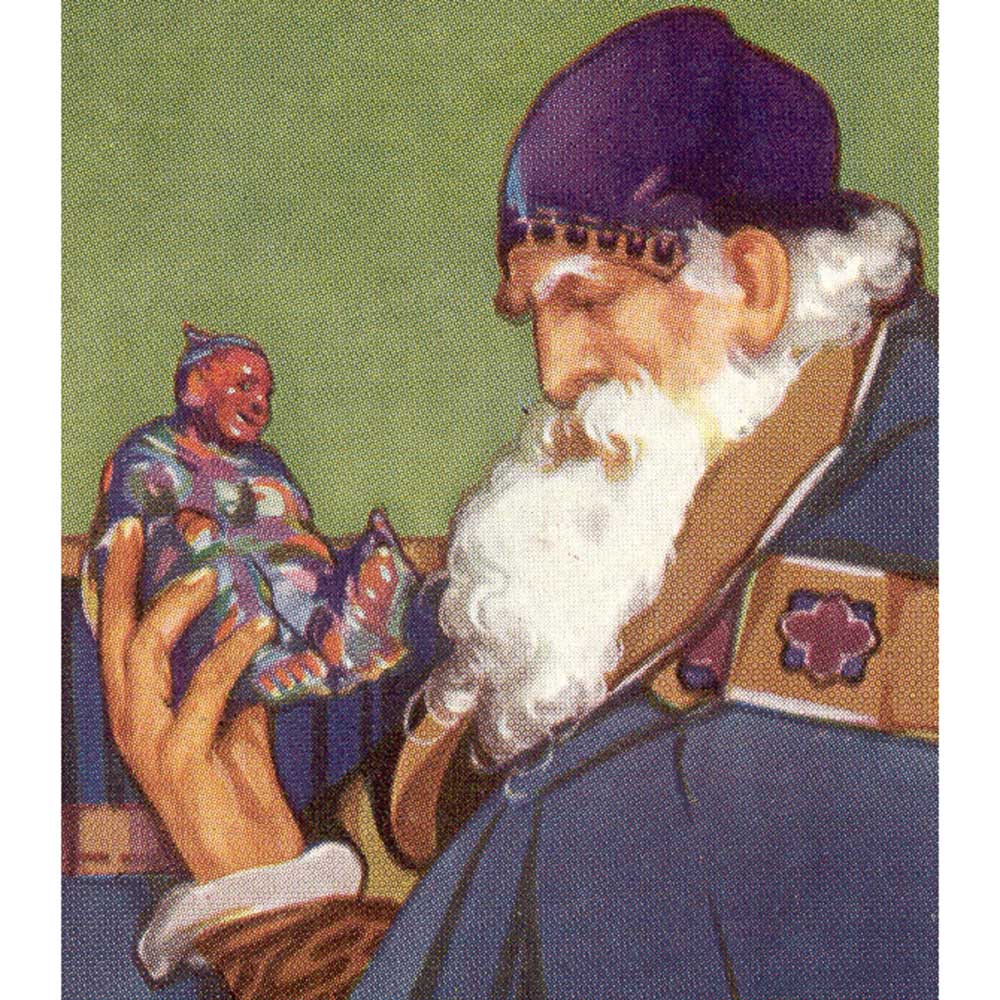
Old Sung Ware Catalog detail
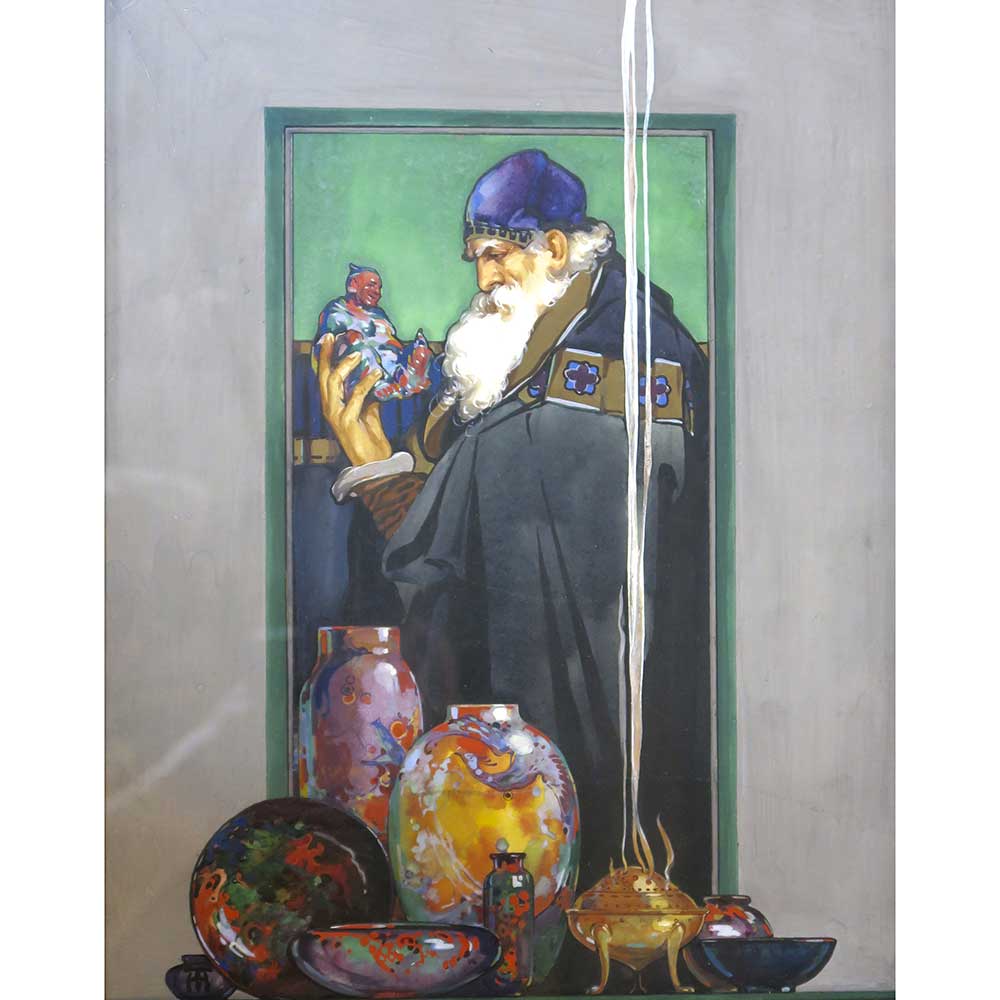
Sung Watercolor by H. Tittensor
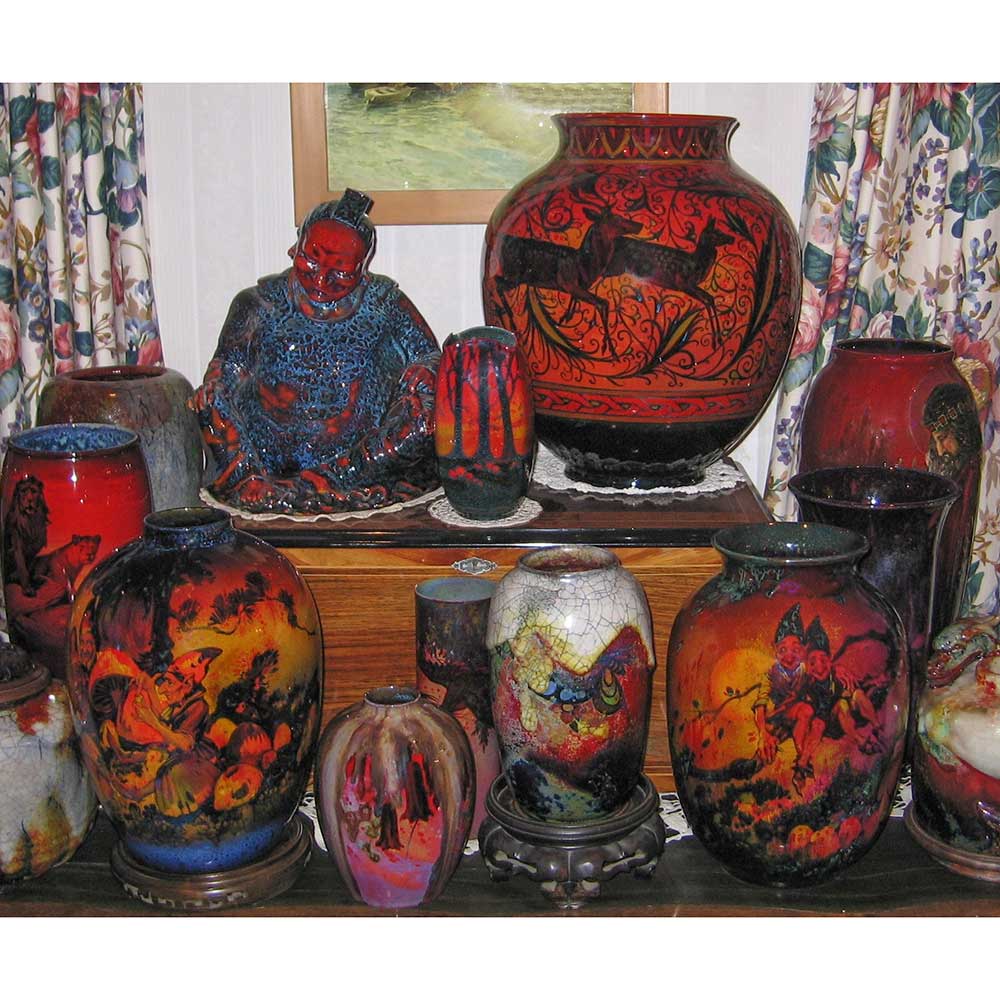
Royal Doulton XL Buddha by C.J. Noke
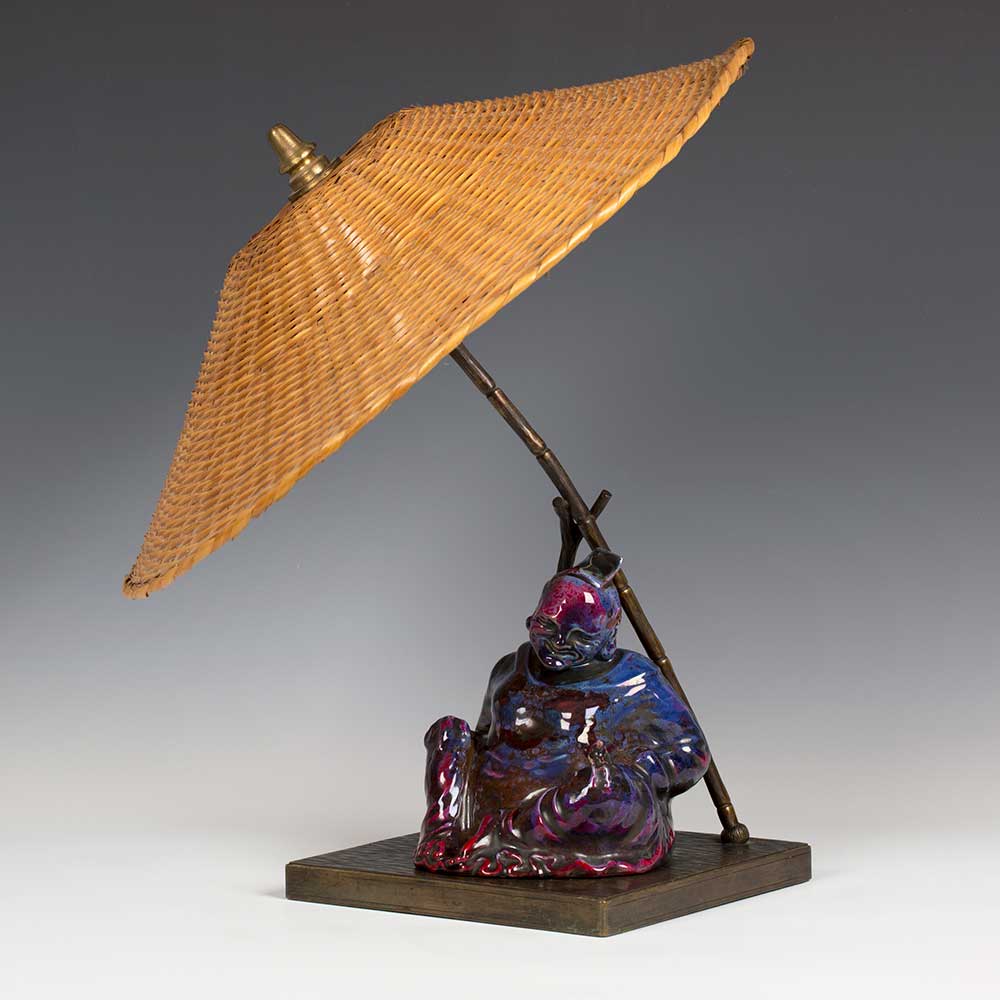
Smiling Buddha Lamp
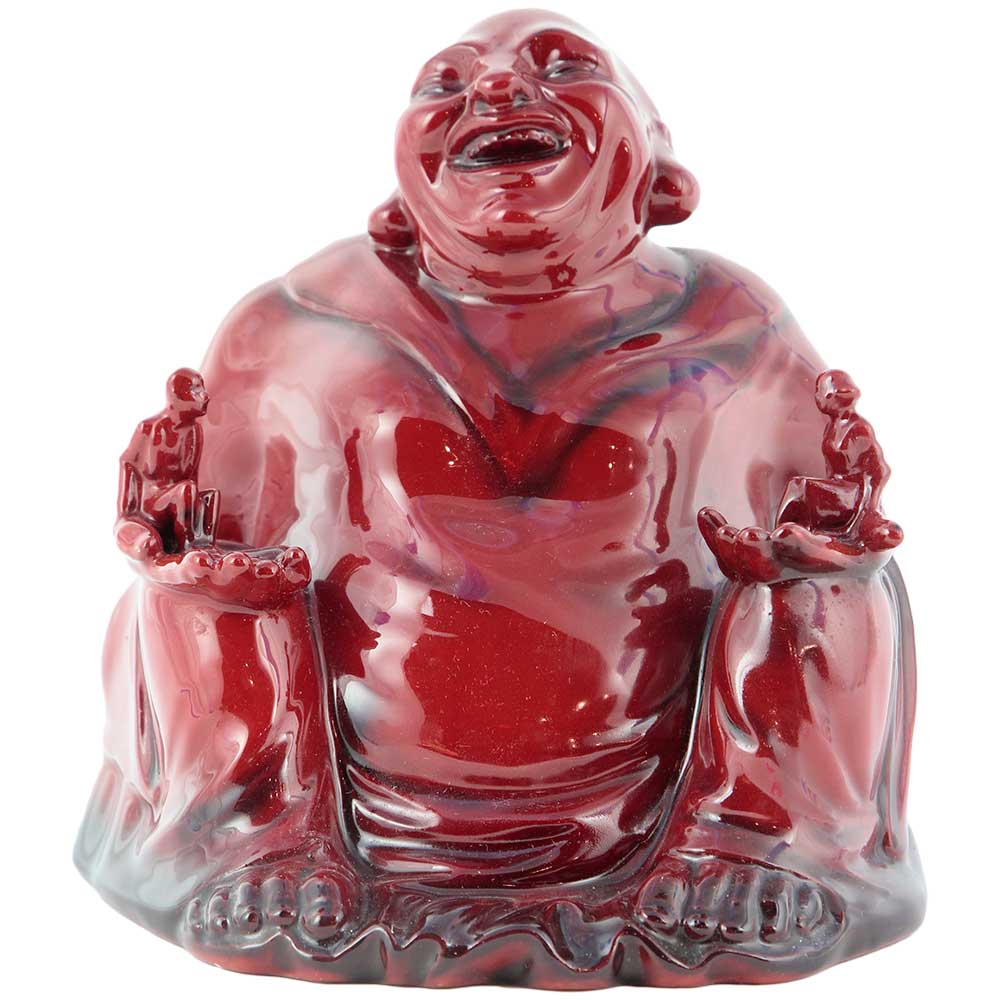
Royal Doulton Laughing Buddha by C.J. Noke
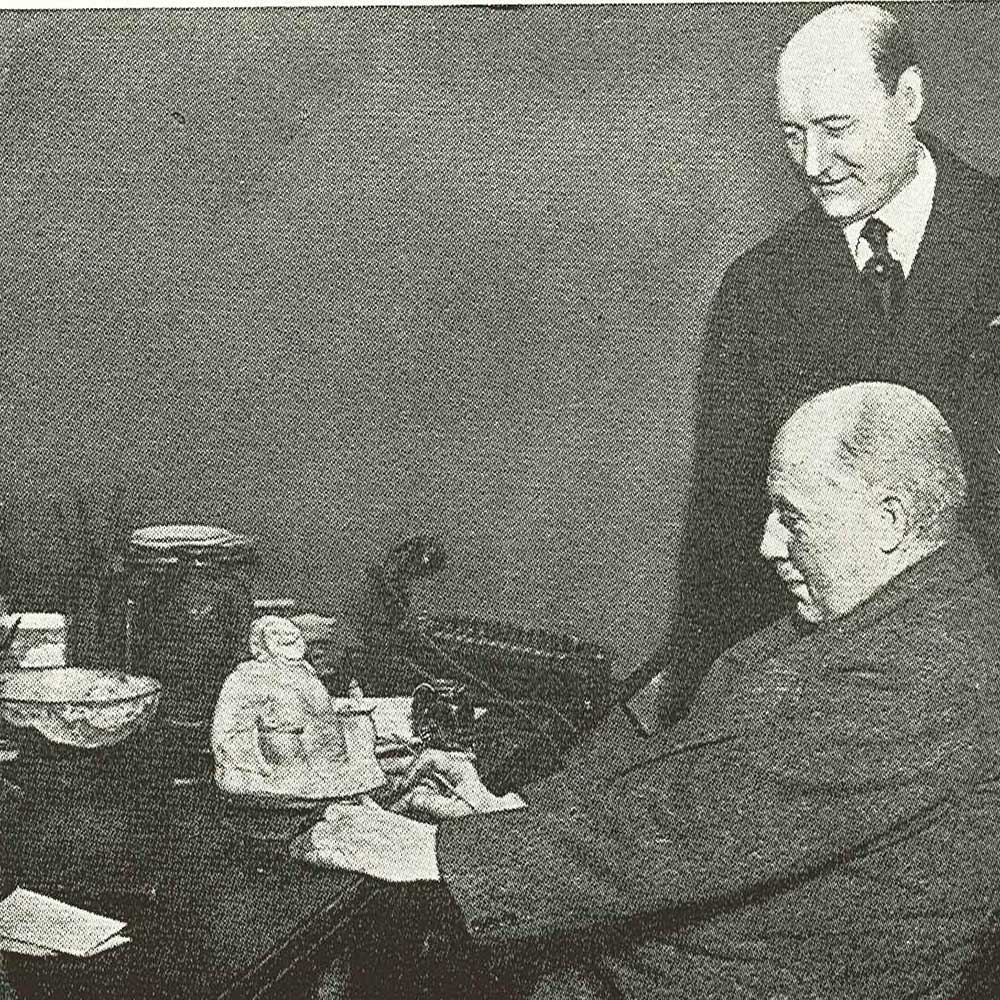
Charles Noke with a Laughing Buddha
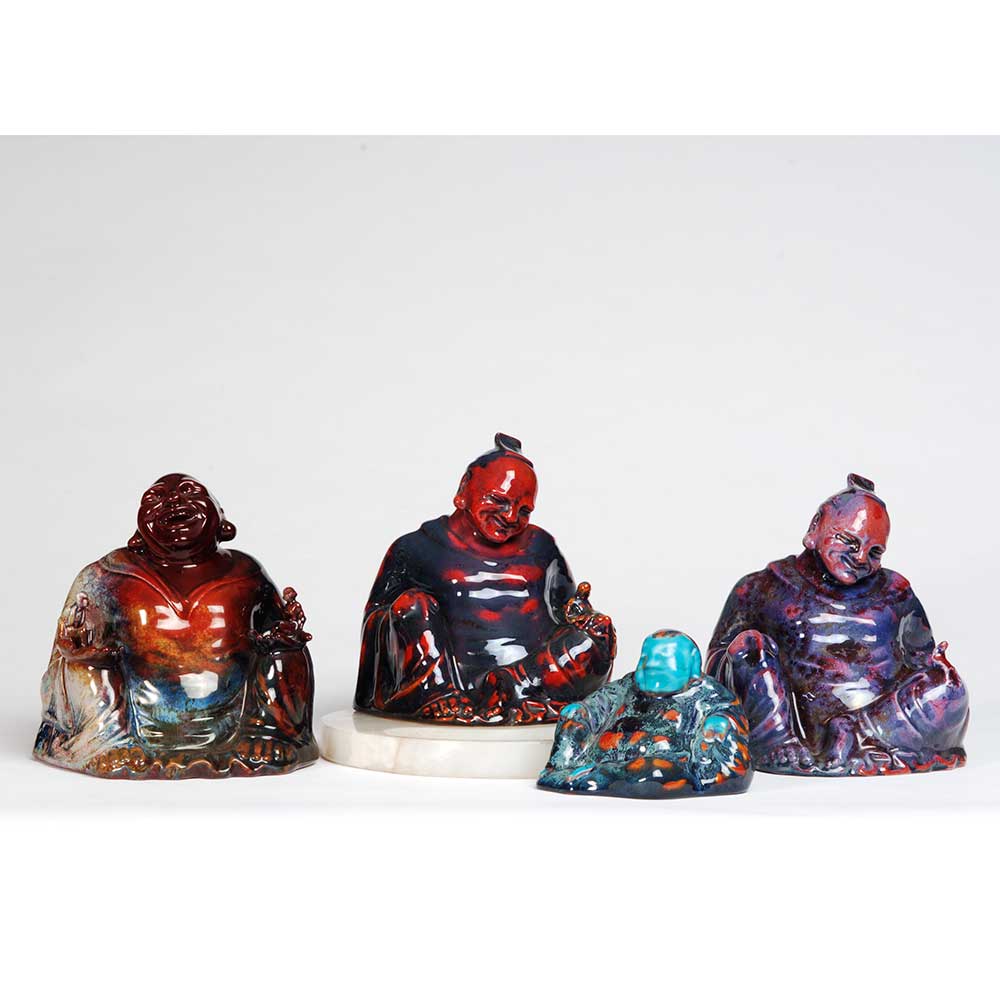
Buddha size range
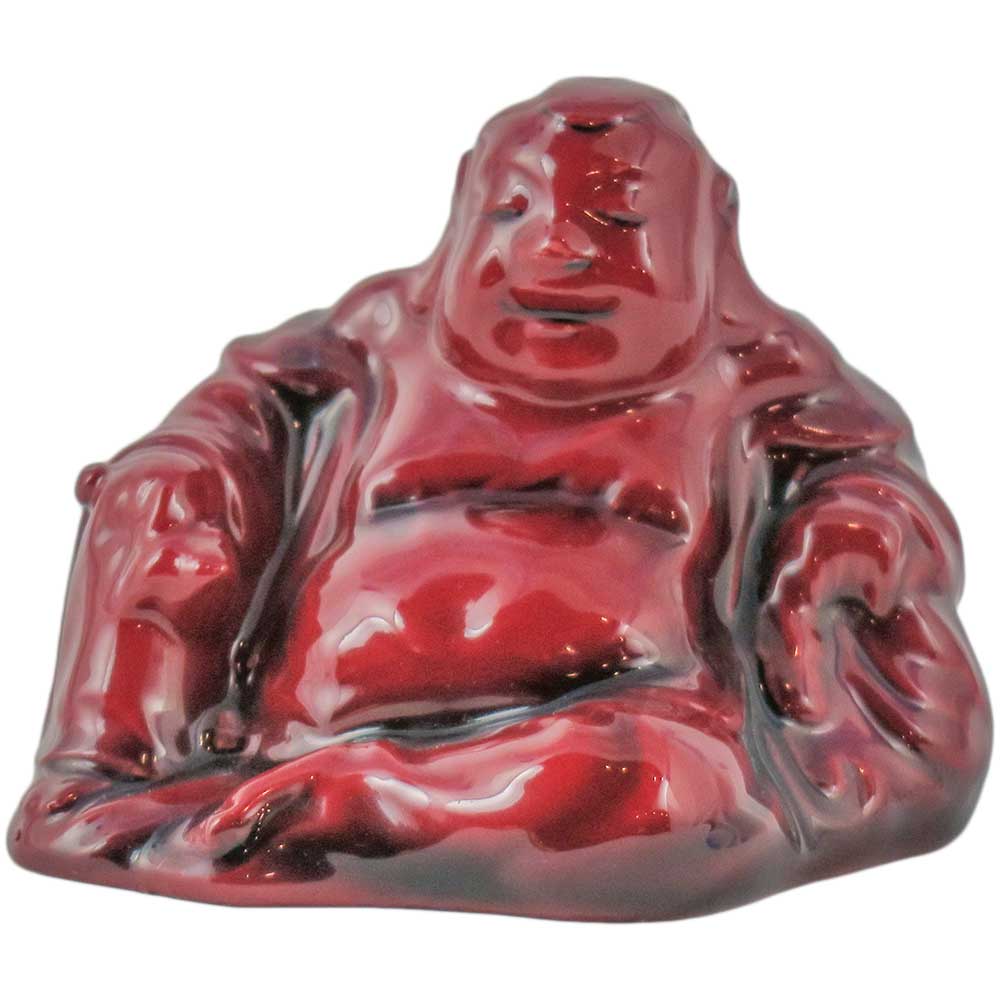
Royal Doulton Buddha by C.J. Noke
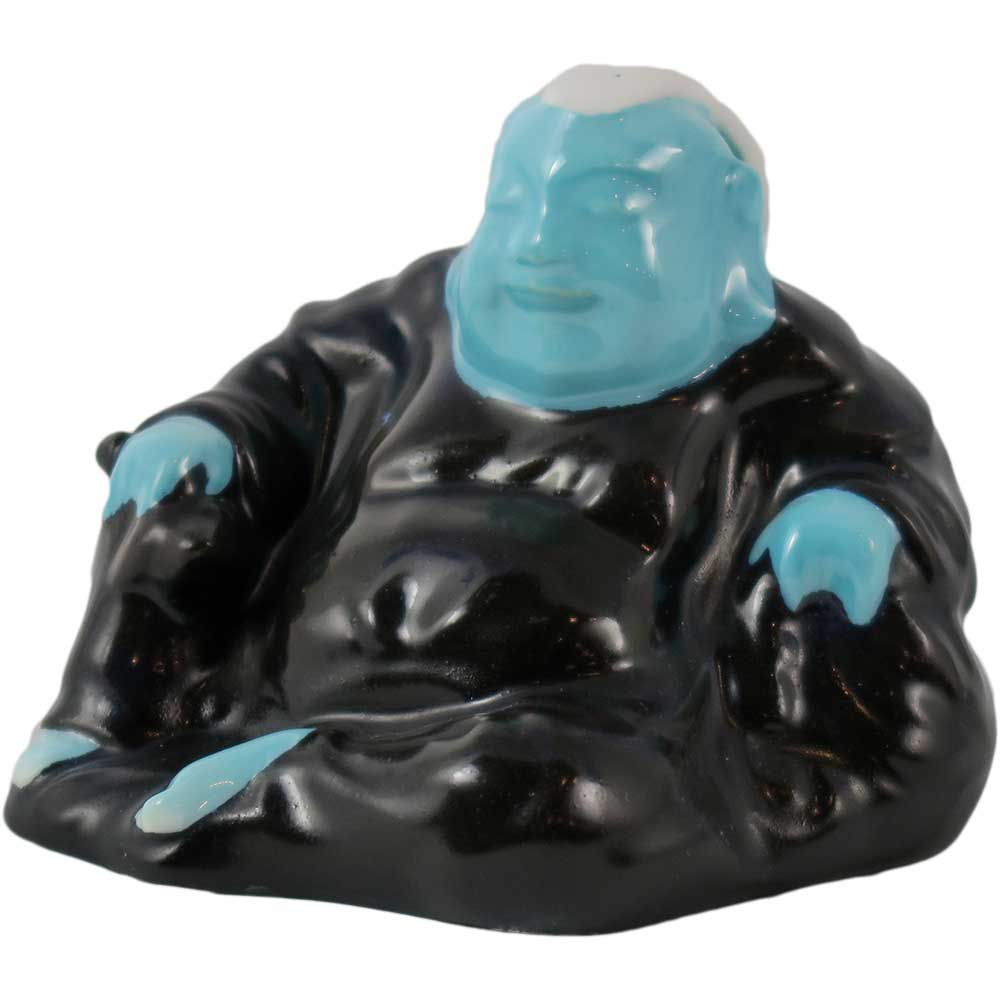
Royal Doulton Buddha by C.J. Noke
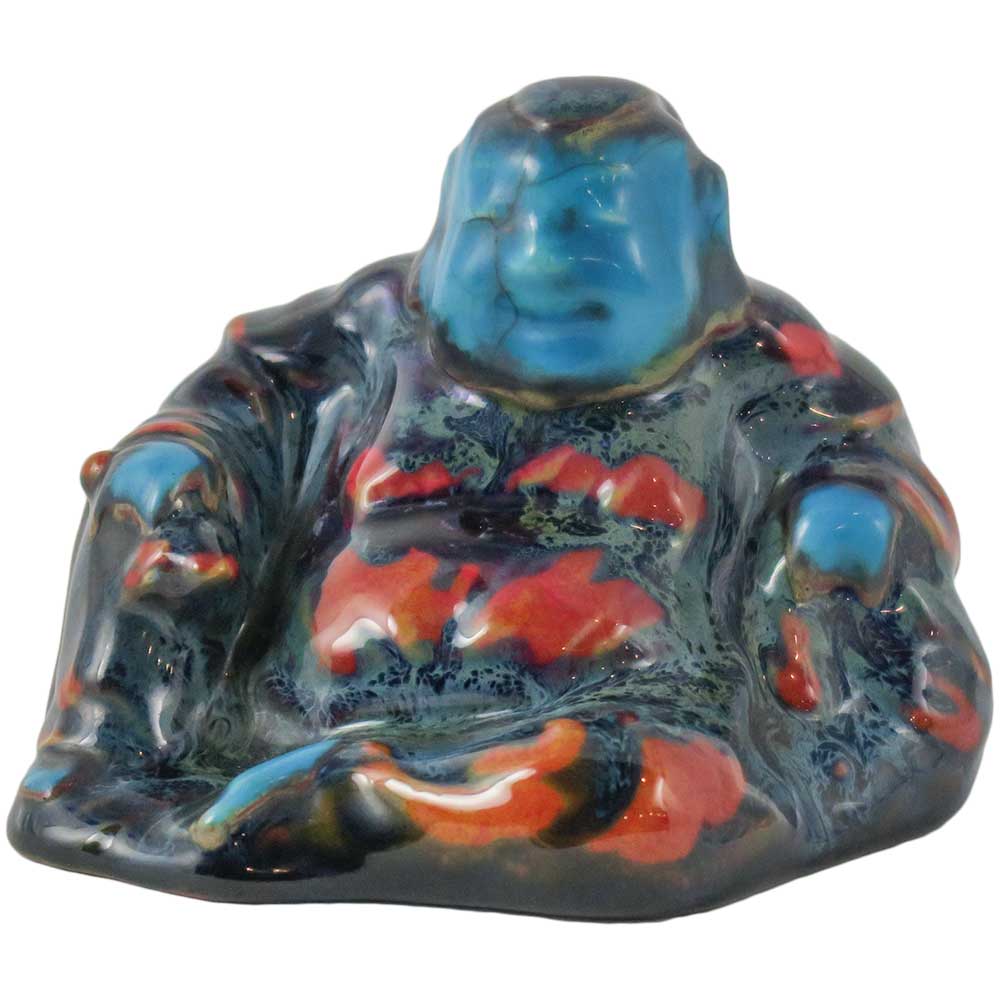
Royal Doulton Buddha by C.J. Noke
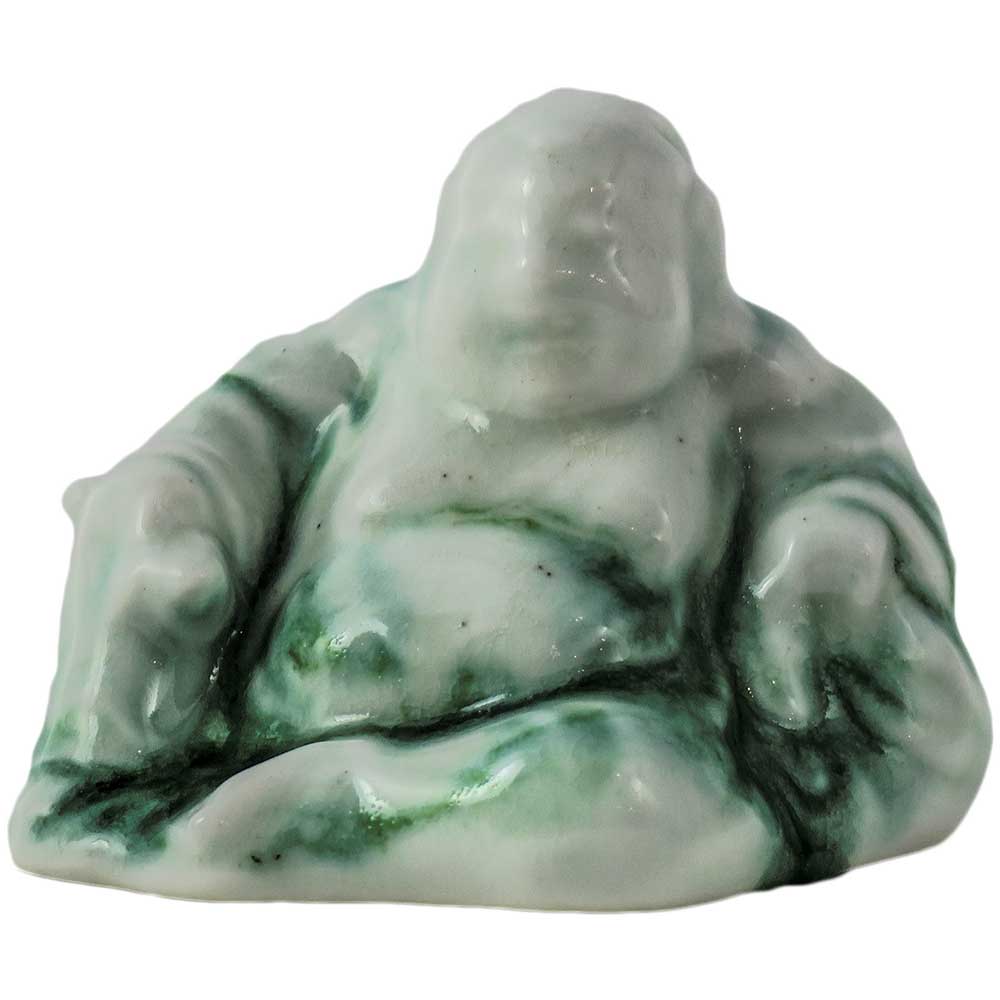
Royal Doulton Buddha by C.J. Noke
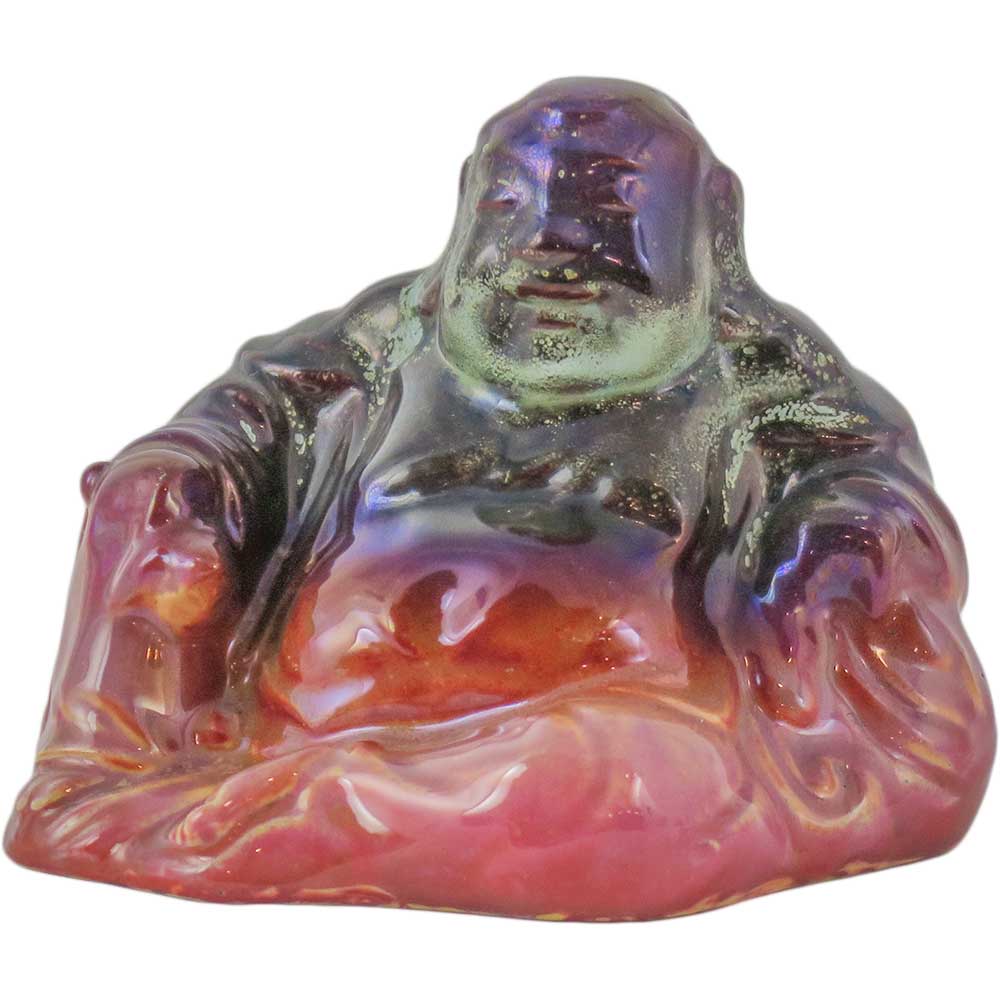
Royal Doulton Buddha by C.J. Noke
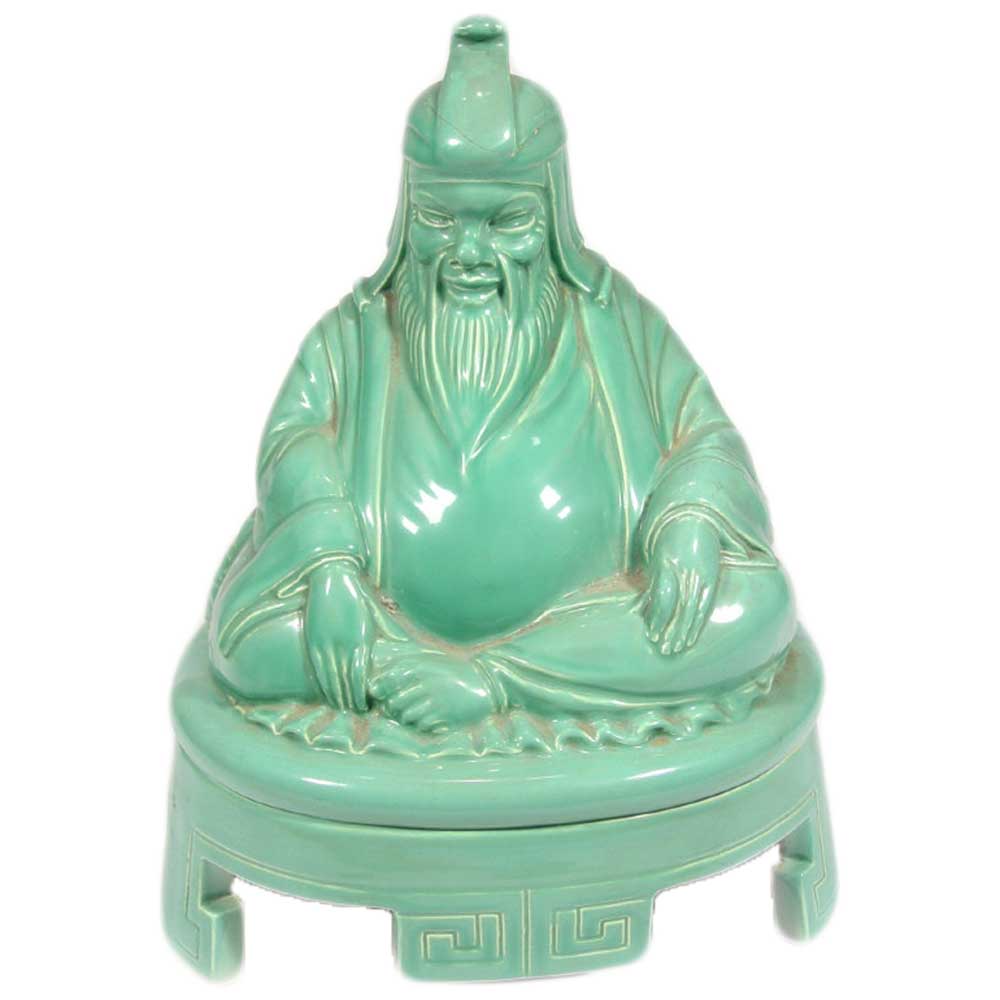
Royal Doulton Artandia Speaker Case
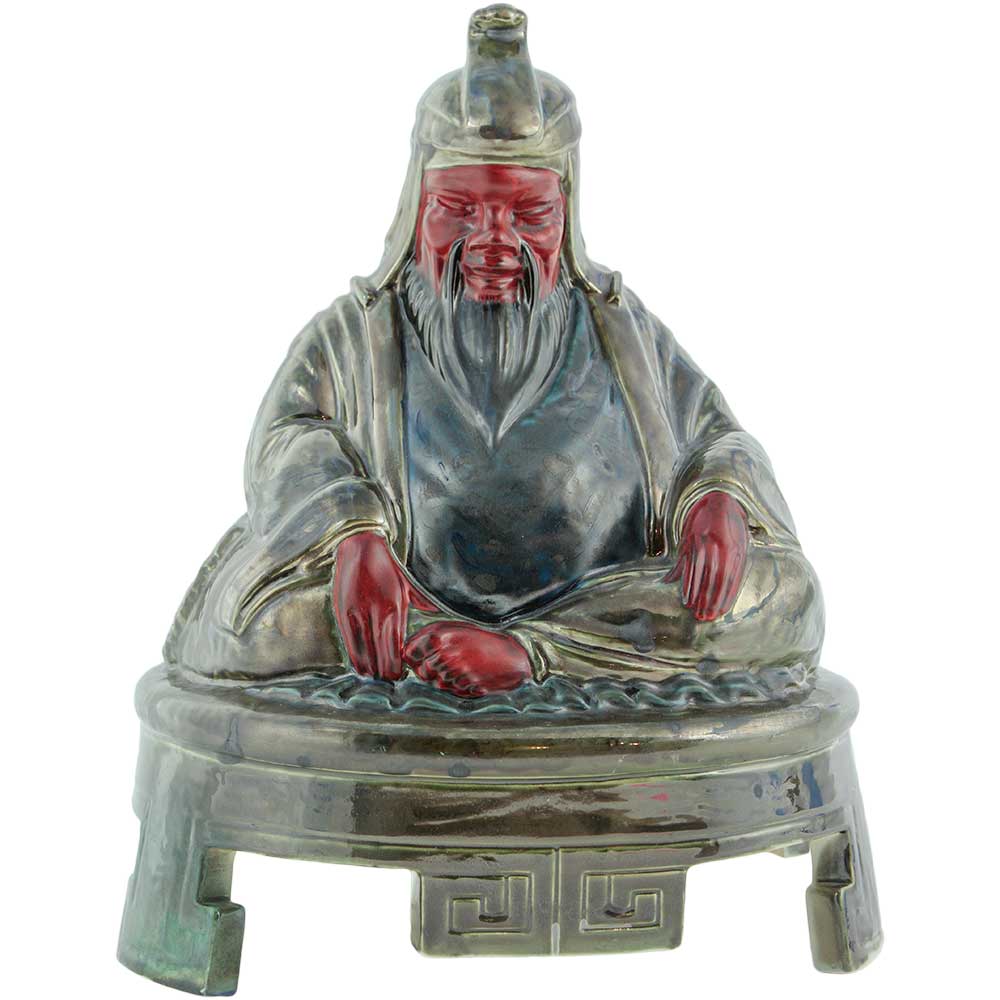
Royal Doulton Artandia Speaker Case
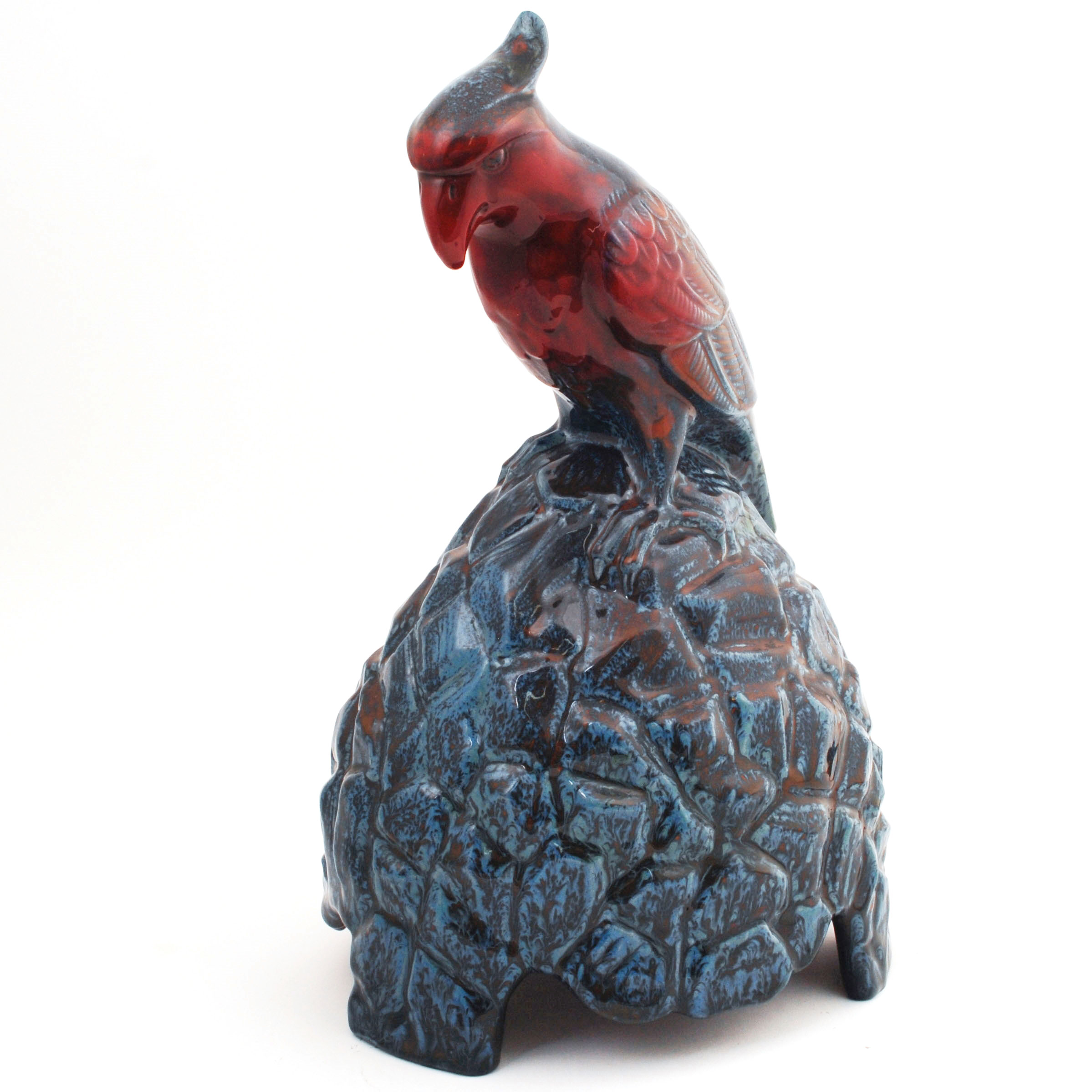
Royal Doulton Artandia Speaker Case
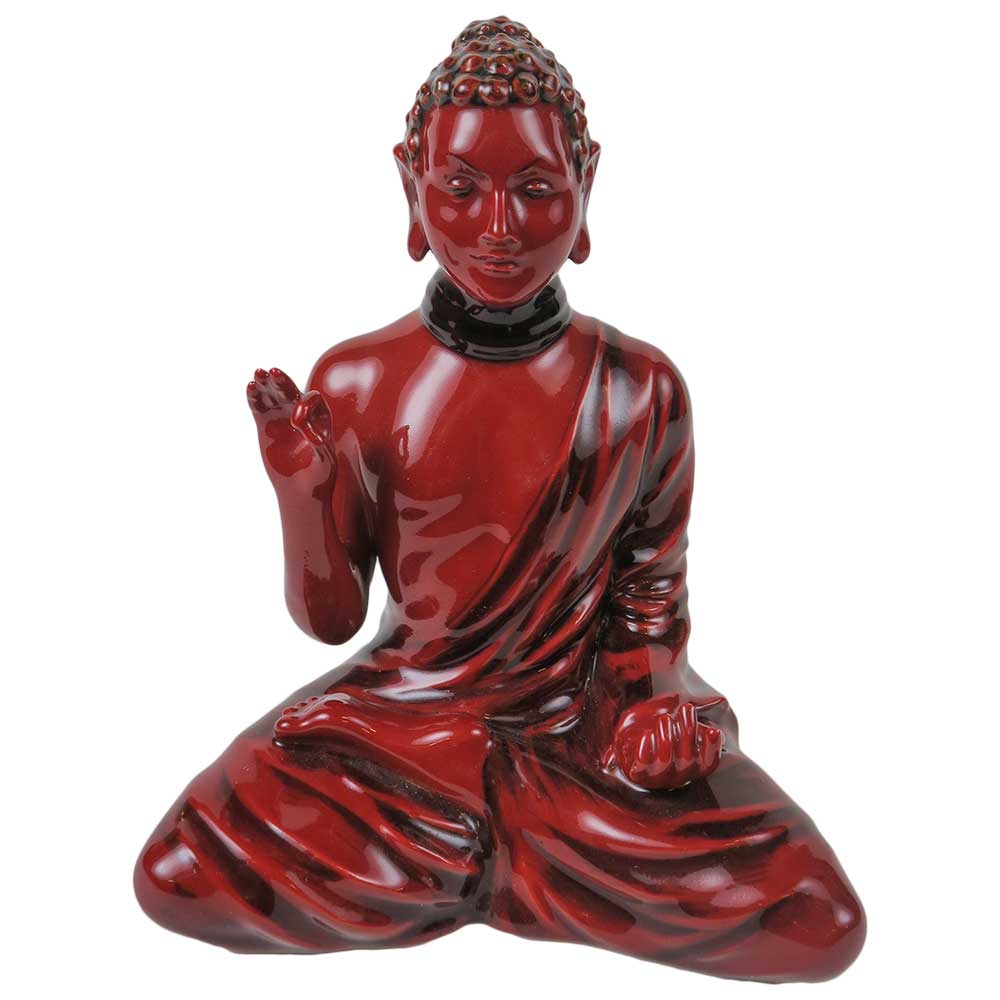
Royal Doulton Buddha Prototype
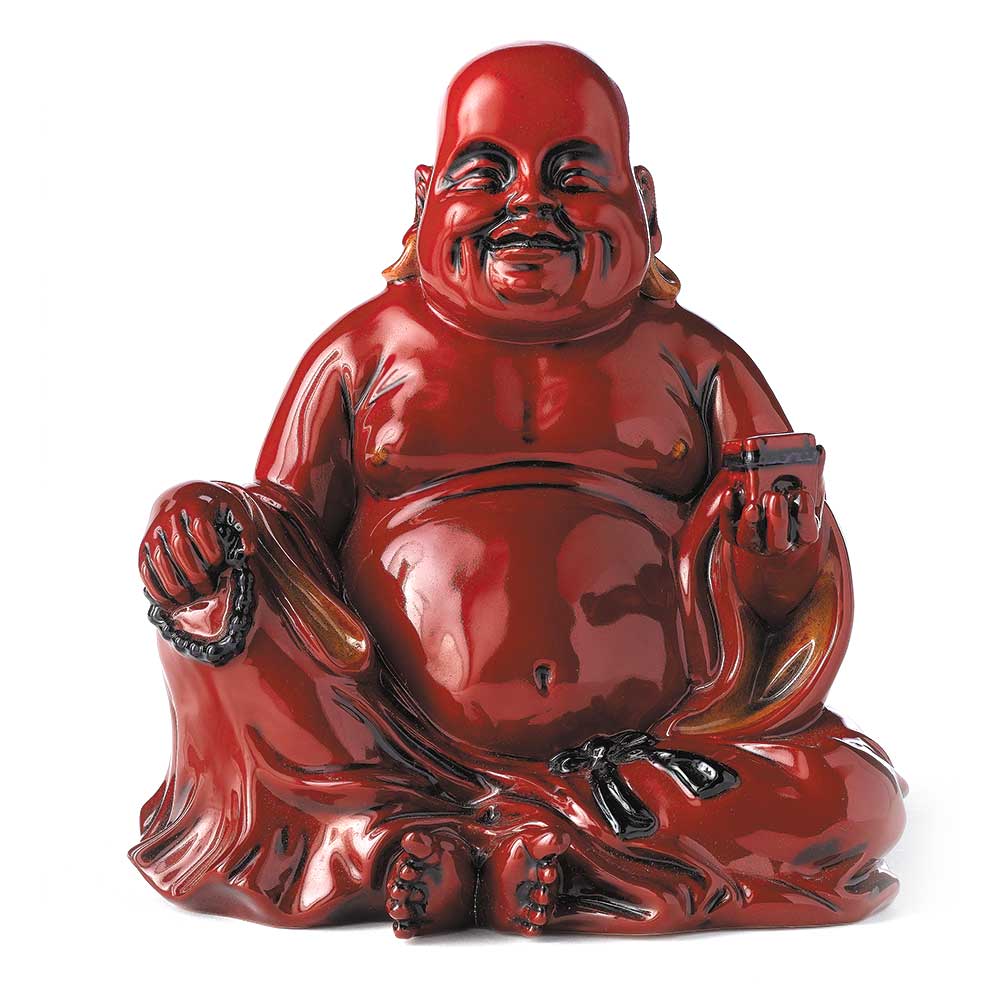
Royal Doulton Fuzhou Buddha
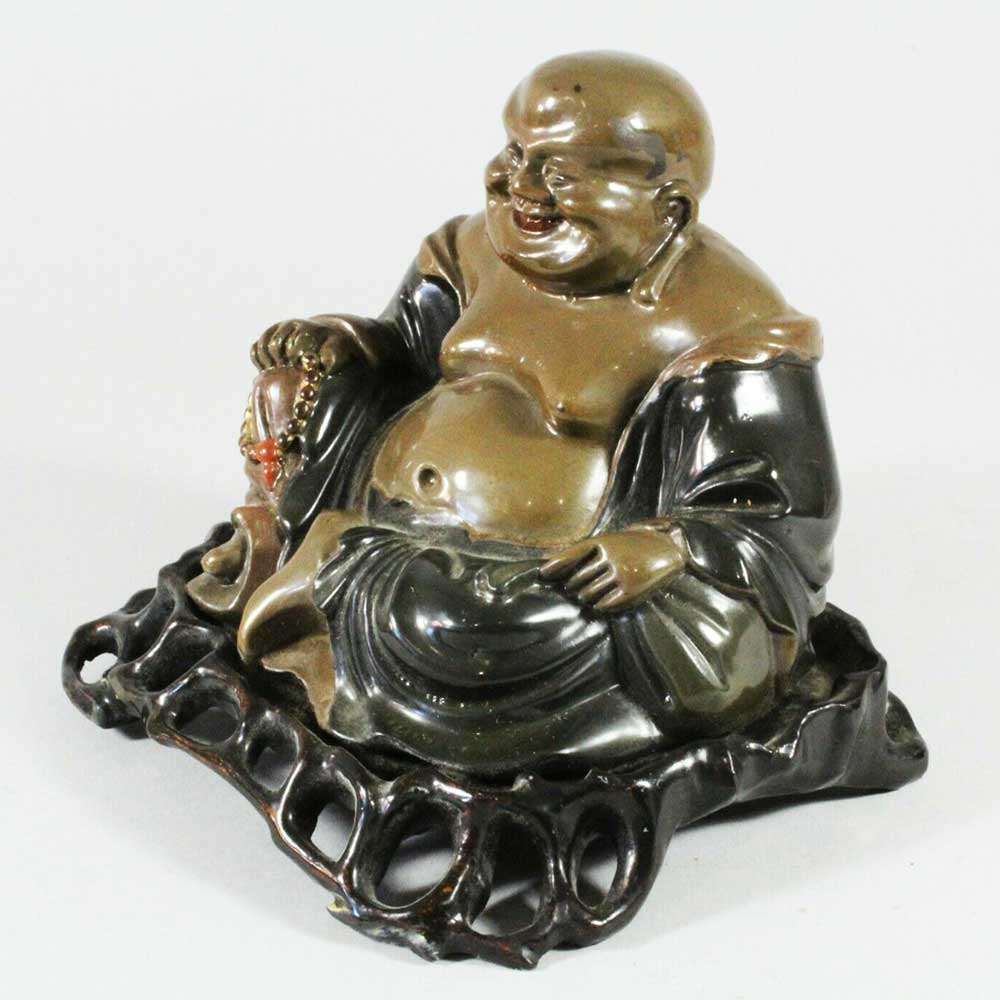
Royal Doulton Fuzhou Buddha
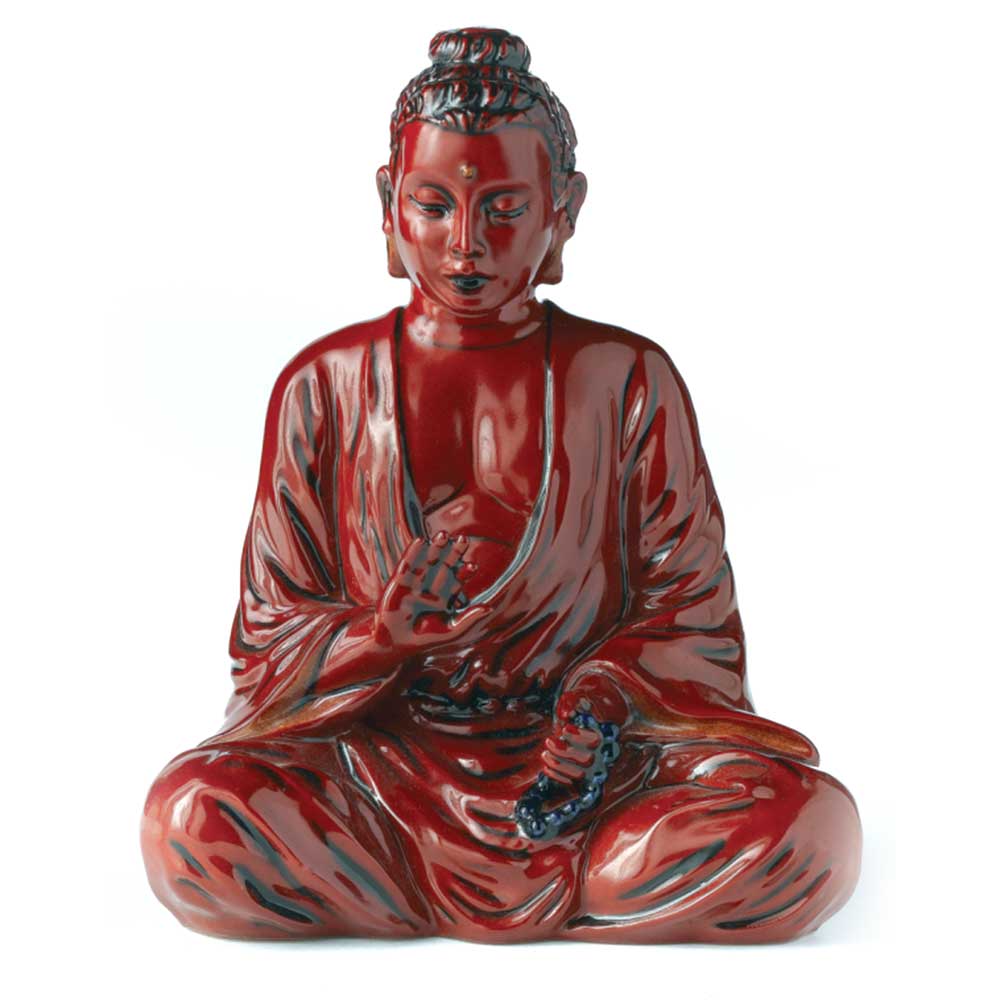
Royal Doulton Guizhou Buddha by A. Maslankowski
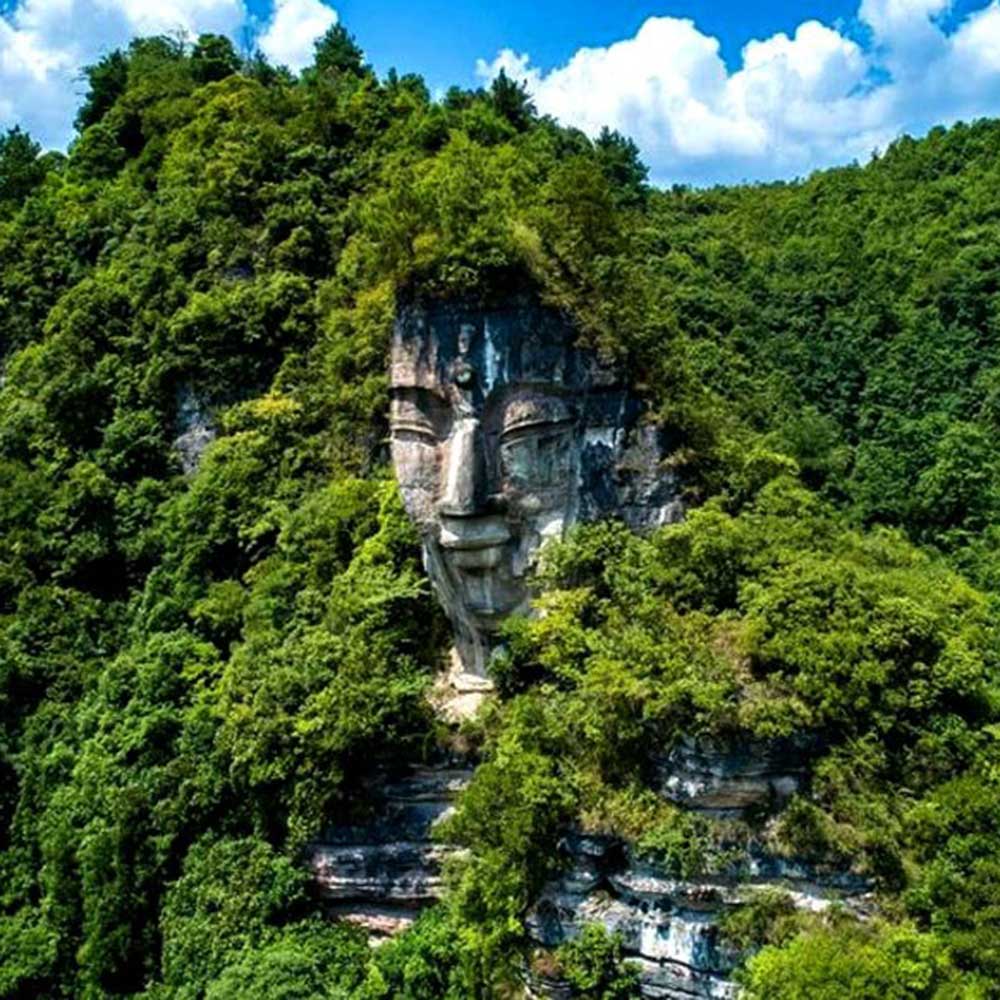
Guizhou Province Buddha
